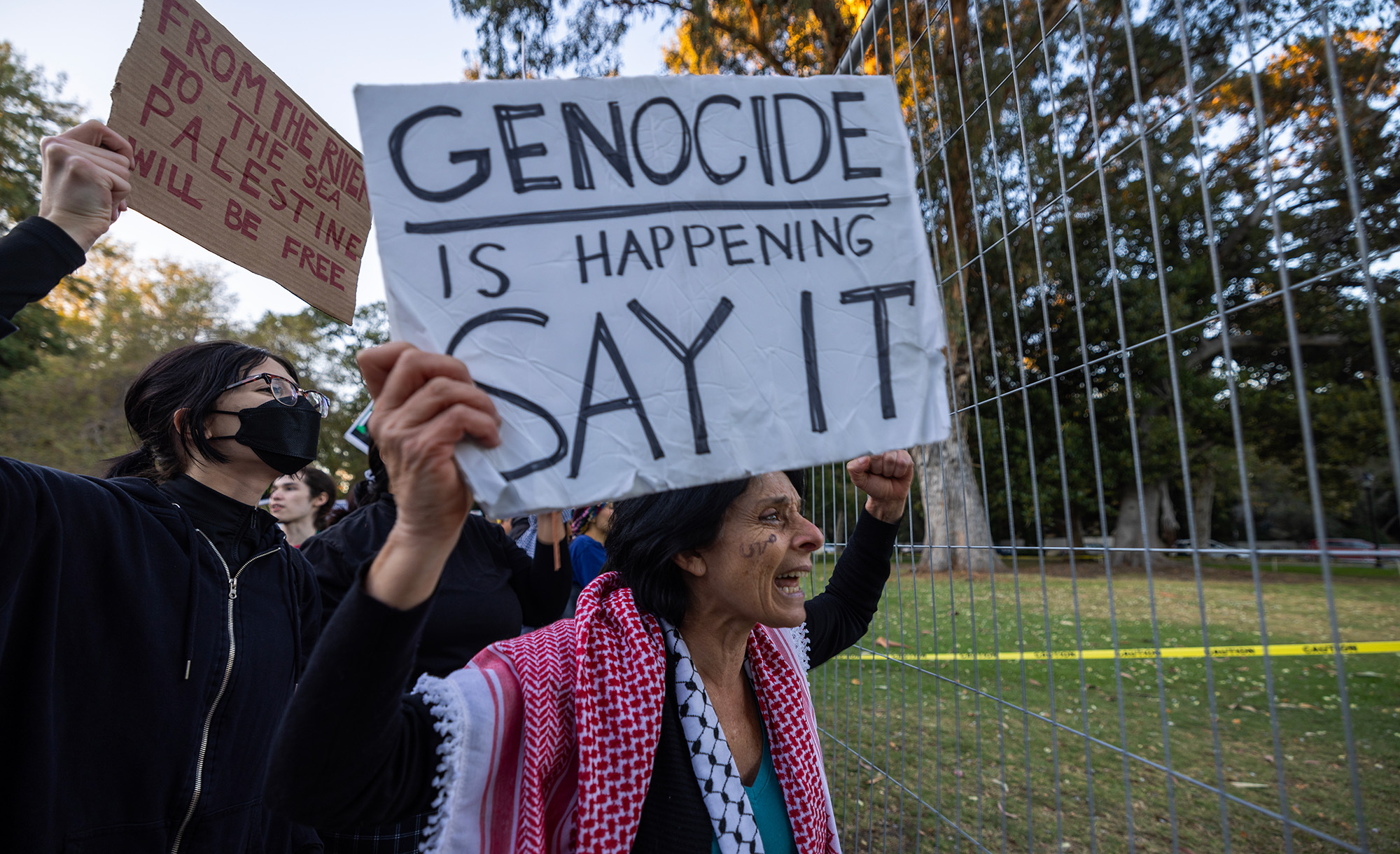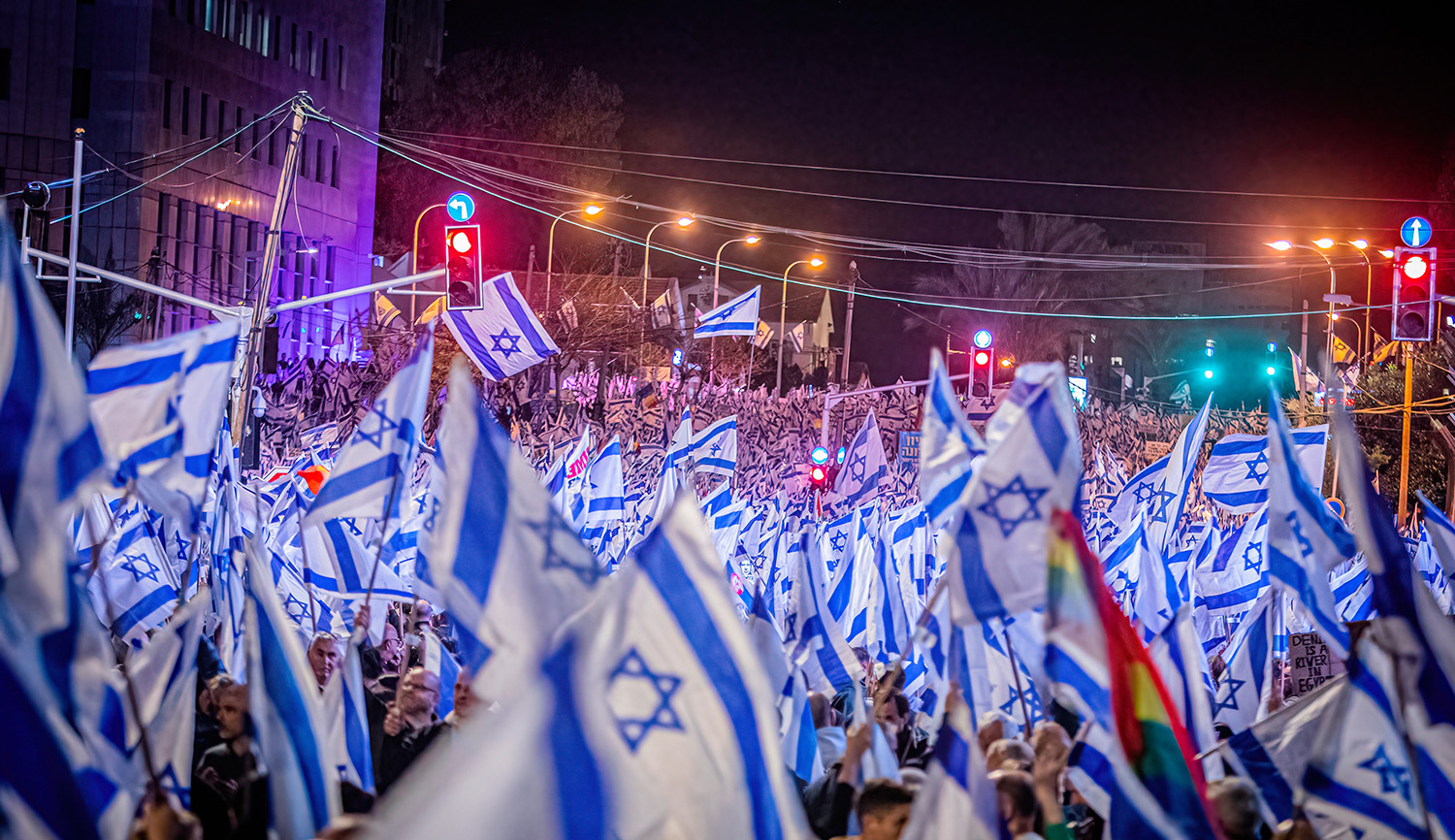In 1096, thousands of Western Europeans set off on the First Crusade to conquer Jerusalem from Muslim rule—with devastating effects for Ashkenazi Jewry. Tamar Marvin writes:
Unfortunately, while massing in the Rhineland in preparation for travel east, groups of Christians decided to seize the opportunity to attack the infidels already in their midst: Jews. In northwestern Europe, Jews were practically the only religious minority and their low social status and legal precarity made manifest the Christian claim to supersession. This made them a vulnerable target. Despite some attempts at ensuring Jews’ physical safety on the part of local ecclesiastical officials, Christian mobs succeeded in decimating multiple Rhineland Jewish communities. The extreme violence led Jews to acts of heroism and martyrdom.
Marvin analyzes the chronicles Jews produced to memorialize these massacres, while noting that these were not especially popular texts in their own day:
They did not speak to medieval audiences in the same way that they have reached and touched modern audiences. Instead, the vehicle most meaningful for commemoration for medieval Jews was piyyut—liturgical poetry.
This body of poetry often cast the violence of the Crusades as or against exemplars from Tanakh, in particular, the Akeidah or Binding of Isaac. While literary and refined, there is often a rawness to the piyyut of the Crusades and other paroxysms of violence in Ashkenaz during the period.
Read more at Stories from Jewish History
More about: Anti-Semitism, Crusades, Jewish history, Piyyut


